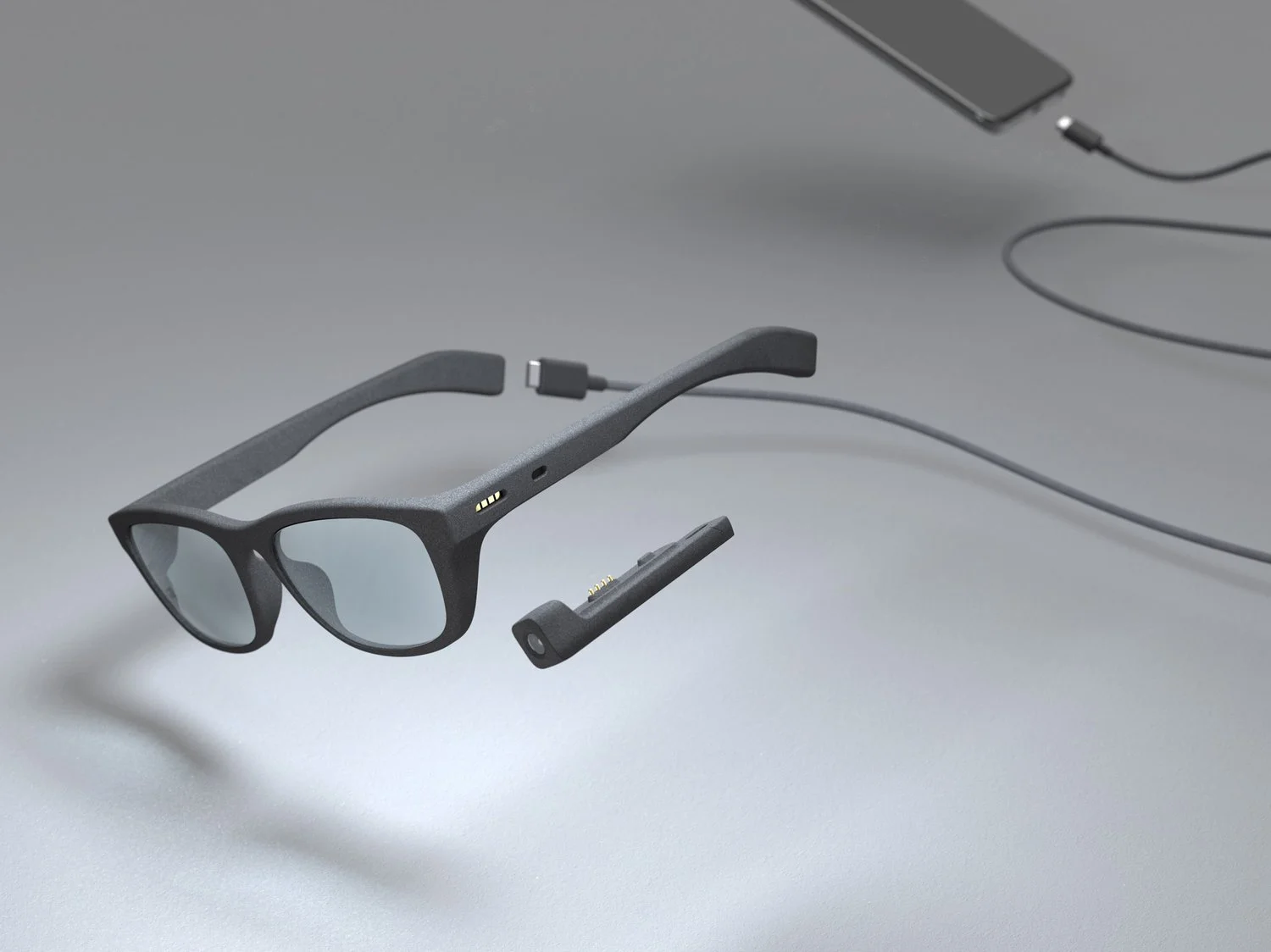fNIRS
Photo Credit: NIRX
What is fNIRS?
fNIRS stands for functional Near-Infrared Spectroscopy. It's a completely safe and non-invasive way of measuring brain activity. We use a special cap with small lights on it to measure changes in blood flow in the brain. This gives us valuable information about changes in brain activity.
How does fNIRS work?
During an fNIRS session, your child will wear a special hat with small lights on it. The lights shine harmless, low-intensity light into your child's brain. The hat also has detectors that pick up the light that bounces back. As the brain becomes more active, it requires more oxygen and glucose, which leads to an increase in blood flow. This change in blood flow affects the amount of light that is absorbed and detected by the fNIRS system, allowing us to measure brain activity.
The recording itself is can be a little uncomfortable since the caps require a snug fit to collect data. You and your child will sit at a table during the recording and play some of our fun games!
EEG
What is EEG?
EEG stands for Electroencephalography, which is a non-invasive method of recording the electrical activity of the brain. It has been used for decades in both research and clinical settings to study brain development, diagnose neurological conditions, and monitor brain function during surgeries. We want to make sure that parents know that EEG is a completely safe method for measuring brain activity. There is no radiation involved, and the electrical signals are too weak to cause any harm to your child's brain.
How does EEG work?
During an EEG session, your child will wear a cap on their head that has small metal sensors attached to it. The sensors are placed on specific spots on the head and are completely safe and painless. We use a special gel on the sensors to make sure we get a good reading.
The sensors are connected to a machine that records the electrical activity of the brain in real-time. The recording itself may take anywhere from 1 to 1.5 hours, depending on how easy is to work with your child’s hair.
ECG
What is ECG?
ECG stands for electrocardiogram, which is a completely safe and non-invasive way of measuring the electrical activity of the heart. Our mobile PDAs allow us to collect data on how the heart is functioning while you and your child are playing our fun games. Mobile ECG data collection is completely safe. The electrodes (stickers) and device are designed to be comfortable and non-invasive. However, taking off the stickers are similar to ripping off a Band-Aid. We recommend removing at home in the shower.
You and your child will wear the device throughout each visit, but it's important to know that the device is very small and lightweight, so it shouldn't interfere with any activities. We'll provide instructions on how to attach the electrodes and wear the device, and we'll be available to answer any questions you might have.
How does ECG work?
Mobile ECG data collection involves attaching small sticky patches, called electrodes, to your chest. These patches are connected to a small device that you wear throughout each visit. The device records the electrical activity of your heart and transmits that information to our computers. This data can then be analyzed by our research team to learn more about how the heart responds throughout each game.
Mobile Eye-tracking
How does Mobile-eyetracking work?
Mobile eye-tracking glasses are a device that allow us to measure where and how long a person is looking at something in their environment. The glasses have small cameras on the frame that capture the movement of the eyes and the direction of the gaze. This information is then analyzed by a computer program that tracks the movement and creates a visual representation of what the person is looking at. The device is non-invasive and completely safe to use.
The glasses are very lightweight and comfortable to wear, so they shouldn't cause any discomfort or interfere with your child's activities. They are designed to be worn during regular activities, such as playing games or reading a book. We'll provide instructions on how to wear the glasses and we'll be available to answer any questions you might have.
Additional Resources
Click here to download a PCAT coloring book!





